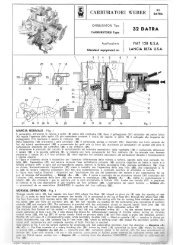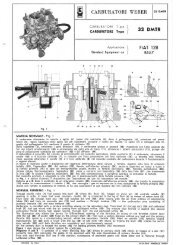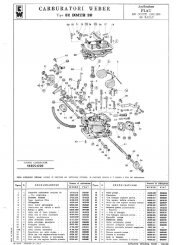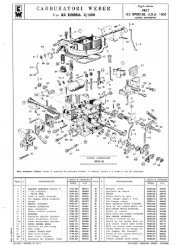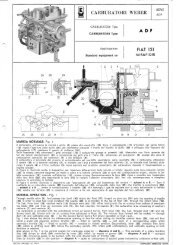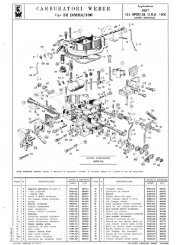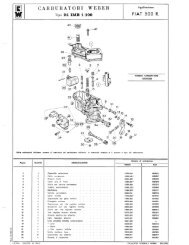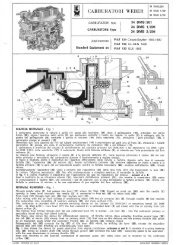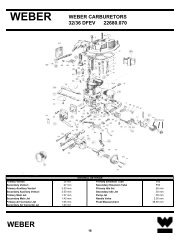Engine Maintenance and Modification Bradley Artigue
FIAT 124 Spider Engine Maintenance + Modification - Artigue.com
FIAT 124 Spider Engine Maintenance + Modification - Artigue.com
- No tags were found...
You also want an ePaper? Increase the reach of your titles
YUMPU automatically turns print PDFs into web optimized ePapers that Google loves.
FIAT 124 Spider<br />
<strong>Engine</strong> <strong>Maintenance</strong> + <strong>Modification</strong><br />
Component<br />
Description<br />
ECU<br />
P/N CU97X<br />
The ECU is a small computer located under the glove box. It is not a serviceable<br />
component. The connector on the ECU is used to test many of the sensors in the<br />
FI system.<br />
5.10 Fuel Injection Tuning<br />
A fuel injected Spider does not require (or allow) mixture adjustment. Tune-ups typically<br />
include the steps outlined above (in “All <strong>Engine</strong>s”), setting the idle speed, <strong>and</strong> adjusting<br />
the throttle position switch. The oxygen sensor should also be replaced if it is old or<br />
questionable.<br />
5.10.1 Replacing the Oxygen Sensor<br />
How old is your oxygen sensor? Don't know? Replace it. Sensors are good for<br />
approximately 30,000 miles. However, if your engine is running very poorly then do not<br />
replace the unit until good performance has been restored. No matter what you’ve read<br />
or heard the oxygen sensor on your Spider is not going to cause the vehicle to run<br />
poorly. Most people are not aware when the O2 sensor fails because the changes in<br />
performance are typically minor. Certainly the engine runs better if all sensors are<br />
working properly, but the O2 sensor will not cause your car to go from running great to<br />
hardly running. If you’re having performance issues that are major look elsewhere <strong>and</strong><br />
leave your old O2 sensor installed so you don’t ruin a new one (they damage very easily<br />
with overly rich or lean engines).<br />
5.10.2 Idle Speed Setting.<br />
Run the engine to normal operating temperature. On cars with automatic transmissions,<br />
set the parking brake, block the wheels, <strong>and</strong> put the transmission in "D". Completely<br />
seat the idle speed screw. Loosen the accelerator linkage stop screw retaining nut <strong>and</strong><br />
adjust the stop screw to achieve 800 to 900 RPM on manual transmissions <strong>and</strong> 700 to<br />
800 RPM on automatic transmissions.<br />
48



